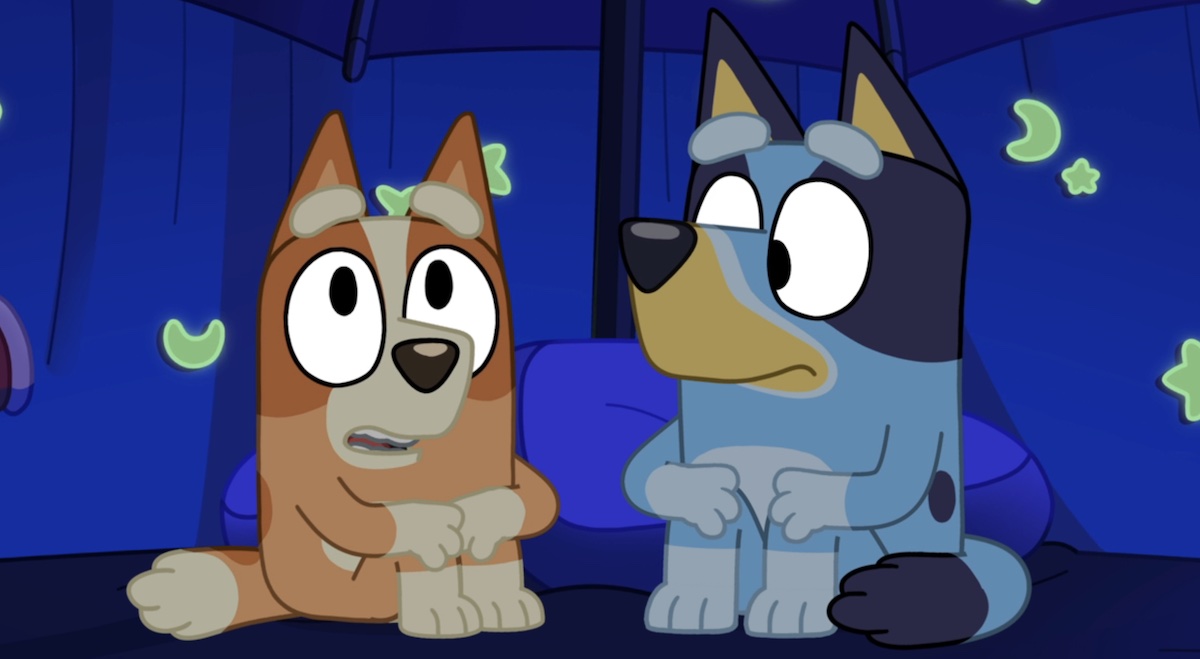‘Bluey’s ‘Cubby’ Episode is a Nod to My Favorite Yiddish Folktale

10 new Bluey episodes have dropped in the U.S., and one of those new episodes, “Cubby,” is a delightful nod to a much older story.
To recap (spoiler warning, I guess, although Bluey episodes are 10 minutes long and aimed at children): Bluey and Bingo decide to build a massive pillow fort in their living room. Commandeering every single cushion and blanket in the house, along with various props like lawn gnomes and disco balls, they create a labyrinth complete with alpaca farm and penguin room. While the girls lose their pretend child in the fort, Bandit and Chilli deal with problems of their own: Bandit wants a bigger TV, and Chilli wants to knock out a wall to create more space.
After Bandit accidentally destroys the fort while looking for the bathroom, though, everyone realizes that their house is just the right size. Why? Because after navigating all those blankets and pillows, the living room feels surprisingly spacious!
The night before the episode dropped, my 6-year-old pulled out one of my favorite picture books for me to read as her bedtime story: It Could Always Be Worse by Margot Zemach. This book is a retelling of a Yiddish folktale about a poor man who lives with his large family in a one-room hut. When he goes to the rabbi for advice, the rabbi tells him to bring all his barnyard animals into the hut to live with him. Eventually, he has the man take them out again, and voila! With just the family in it, the hut feels like a mansion. If you haven’t read It Could Always Be Worse, I highly recommend it—the story is funny enough on its own, but Zemach’s dialogue and illustrations give it an added layer of humor and heart.
But is “Cubby” actually based on this folktale, or do rooms just feel bigger after you clear a bunch of stuff out of them? It turns out that yes, “Cubby” is based on It Could Always Be Worse. Sort of.
In the podcast Behind Bluey, series creator Joe Brumm shares that his inspiration came from the book A Squash and a Squeeze by Julie Donaldson and Axel Scheffler, which in turn is based on what he calls “an old Hebrew story.” A Squash and a Squeeze is clearly based on the same story as It Could Always Be Worse.
There are lots of reasons why this folktale is so enduring, but what’s magical about “Cubby” is that the episode manages to update it for a modern audience while staying true to the heart of it. It wouldn’t make much sense for the Heelers to bring a bunch of ducks and goats into their house, but filling it up with a blanket fort? Wanting a bigger TV and living room? That’s pretty relatable.
(featured image: Disney+)
Have a tip we should know? [email protected]
